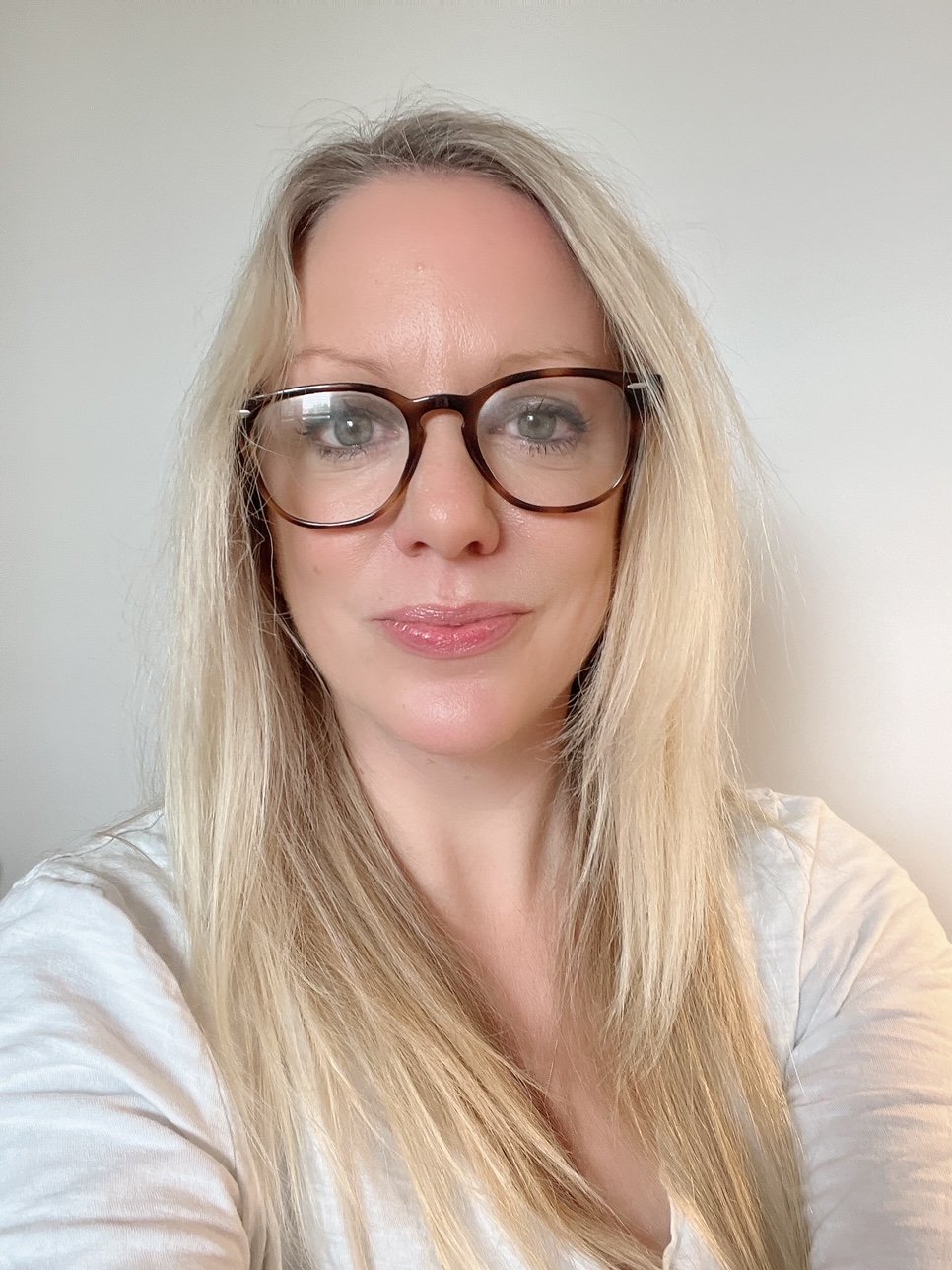In our very first episode of The Flow Sessions, our flagship webinar series hosted by VSMC board advisor and value stream lead, Steve Pereira, we had a conversation with Value Stream Mapping legend, Karen Martin about value stream thinking. It was a very lively session, with many more questions than we were able to address in the session. In this post, I tackle the questions that lead to some top tips for value stream management practitioners.
Questions:
Jason: What tips do you have to help organizations keep focus on the work needed to get to target/future state?
It’s less about the organization than the teams. Teams should:
- Have the improvement activities documented as user stories as experiments in their backlog
- Have a % of time allocated to this type of work in their work timeboxes
- Use DevOps toolchain data to find actionable insights, action them and learn from them (via a Value Stream Management Platform - VSMP)
- Inspect their value stream data continuously, and real-time and adapt accordingly
- Leaders can help by working with the teams to help self-discover their improvement opportunities, ensure they have the autonomy to make the space to tackle them and getting any impediments out of their way
There is an important differentiation between target and future state - future state is the long term vision, target is the next achievable state. VSM is a continuous process - think of it in terms of sprints. The teams aim for a target state (on their way to future state which, by the way, likely moves over time like a horizon), gets there and sets a backlog of items to get to their next target state and so on. It’s incremental evolution.
Amy: Any tips for starting out as a facilitator? How do you manage the inevitable mistakes?
Start as a deputy facilitator. Leading a value stream mapping exercise on your own is pretty much impossible anyway - there’s simply too much to do. So you should always be in pairs so find someone’s who’s experienced in facilitating and ask to support them and learn on the job. Then get them to support you as you lead. Then lead and teach a newbie to support and lead. Grow the skills! In terms of mistakes; own them fix them, learn from them together.
Paul: A problem I've encountered is that we tend to identify more improvement areas to work on than we have time or resources to implement. The challenge is to prioritize a few key improvements and try to fully implement these. Anyone else experience this?
Of course! We recommend running improvements as experiments through your existing backlog. In Module 8 (Evolving Value Streams) of our VSM Foundation course we feature a hypothesis prioritization canvas from Jeff Gothelf. To find out more about the course, go here.
Andrew: Queues are critical in managing the statistical fluctuation in lead times. When you talk to your clients about a future state, how do you incorporate the importance of understanding and determining appropriate queue sizes?
I start with Little’s Law. Here’s a great explainer using tacos. Essentially, we’re talking about:
WIP = Throughput x Lead Time
In my experience, people generally try to do too much work, can’t see it or control it. Value stream management solves this by making work visible, surfacing actionable insights and making experiments measureable. Having this level of control over what we spend our time doing means we can allocate time to improvement too and see the impact of that time invested.
Paul: Does anyone have issues with a good mapping exercise but poor implementation of projects identified?
Totally! Isn’t that what we are here to fix? Also, what we are doing in the digital world in transforming our ways of working from large batch, project oriented methods, to small batch, product oriented models. Check out ‘From Project to Product’ for more. Using value stream management to understand our work supports this transition by:
- Making work visible and controllable
- Breaking down operational silos by connecting multiple processes, teams, and tools
- Leveraging real-time flow metrics such as lead and cycle time to surface actionable insights
- Enabling cross-team collaboration and dependency management/dissolution
- Ensuring governance is embedded into SDLC processes
- Coordinating and automating workflows
William: Please provide a learning path for maturing VSM capability?
We’d recommend our VSM Foundation course - there’s a free online version for our members. It’s an introduction to value stream management principles, practices, and tools. An introductory course taking learners through a value stream management implementation journey, it’s designed to optimize value flow and realization in digital value streams and develop individuals’ skills. Digital value streams include the software applications and services in addition to the platforms that support them e.g., cloud infrastructure or DevOps toolchains.
It considers the human, process, and technology aspects of this way of working and explores how optimizing value streams for flow and realization positively impacts organizational performance. It has these learning objectives:
- Describe the origins of value stream management and key concepts such as flow, value, and delivery
- Describe what value stream management is, why it’s needed and the business benefits of its practice
- Describe how lean, agile, DevOps, and ITSM principles contribute to value stream management
- Identify and describe value streams, where they start and end, and how they interconnect
- Identify value stream roles and responsibilities
- Express value streams visually using mapping techniques, define current and target states and hypothesis backlog
- Write value stream flow and realization optimization hypotheses and experiments
- Apply metrics such as touch/processing time, wait/idle time, and cycle time to value streams
- Understand flow metrics and how to access the data to support data-driven conversations and decisions
- Examine value realization metrics and aligning to business outcomes, and how to sense and respond to them (outcomes versus outputs)
- Architect a DevOps toolchain alongside a value stream and data connection points
- Design a continuous inspection and adaptation approach for organizational evolution

Helen Beal
Helen is the CEO and chair of the Value Stream Management Consortium and co-chair of the OASIS Value Stream Management Interoperability Technical Committee. She is a DevOps and Ways of Working coach, chief ambassador at DevOps Institute, and ambassador for the Continuous Delivery Foundation. She also provides strategic advisory services to DevOps industry leaders. Helen hosts the Day-to-Day DevOps webinar series for BrightTalk, speaks regularly on DevOps and value stream-related topics, is a DevOps editor for InfoQ, and also writes for a number of other online platforms. She is a co-author of the book about DevOps and governance, Investments Unlimited, published by IT Revolution. She regularly appears in TechBeacon’s DevOps Top100 lists and was recognized as the Top DevOps Evangelist 2020 in the DevOps Dozen awards and was a finalist for Computing DevOps Excellence Awards’ DevOps Professional of the Year 2021. She serves on advisory and judging boards for many initiatives including Developer Week, DevOps World, JAX DevOps, and InterOp.






.jpg)


Comments 0